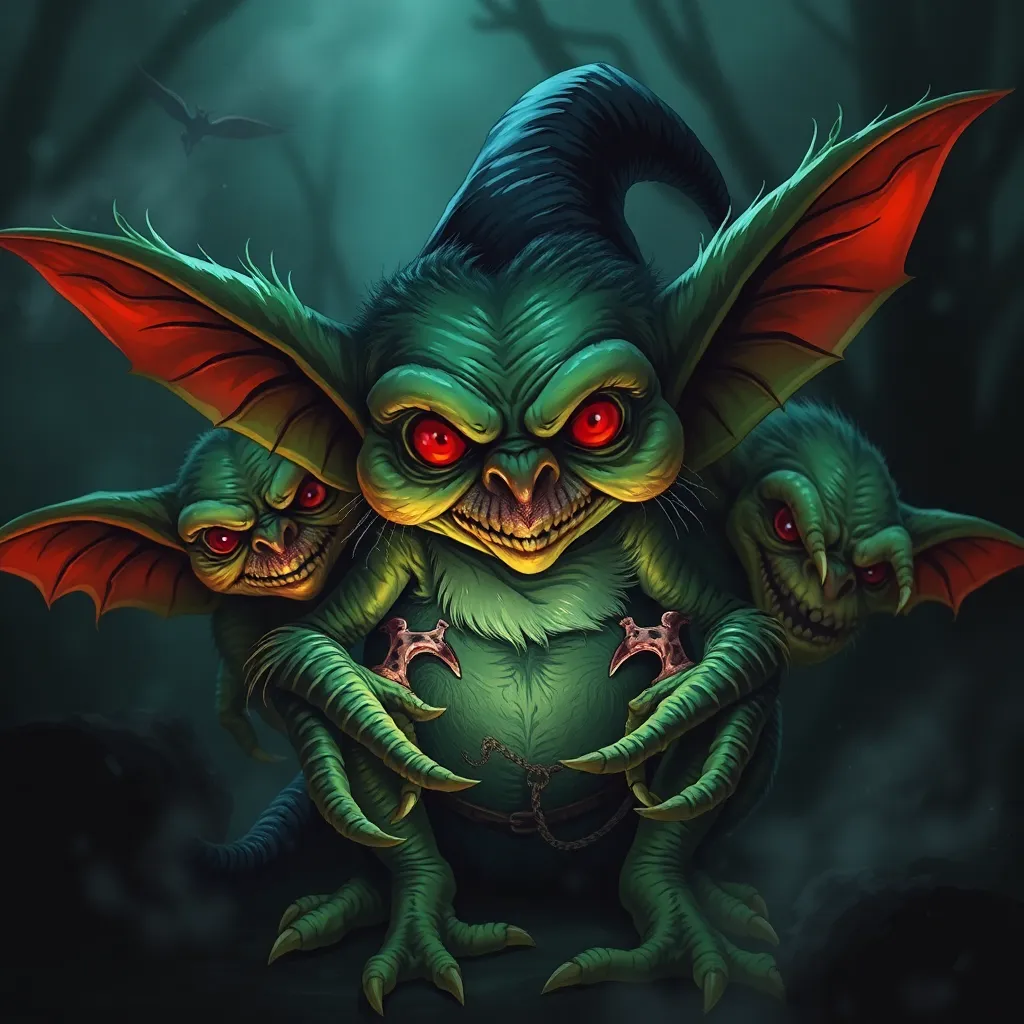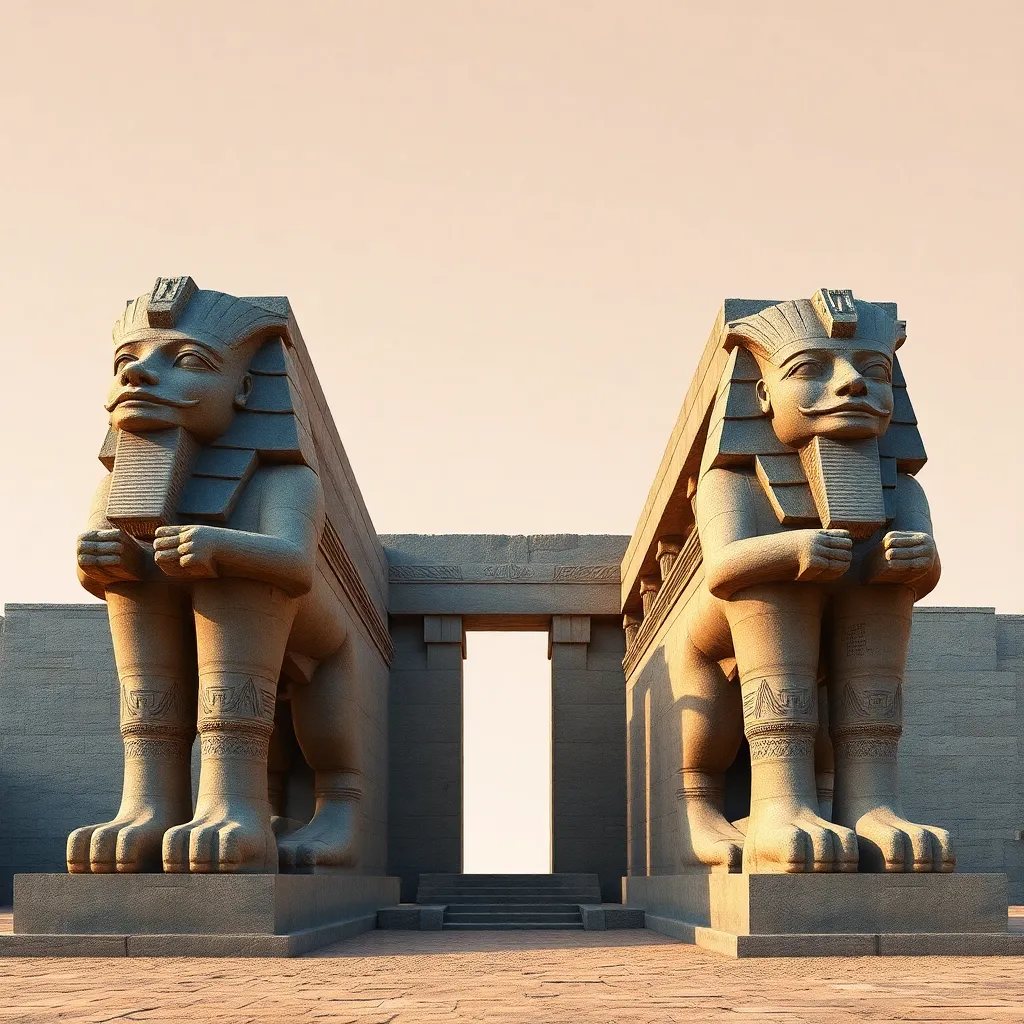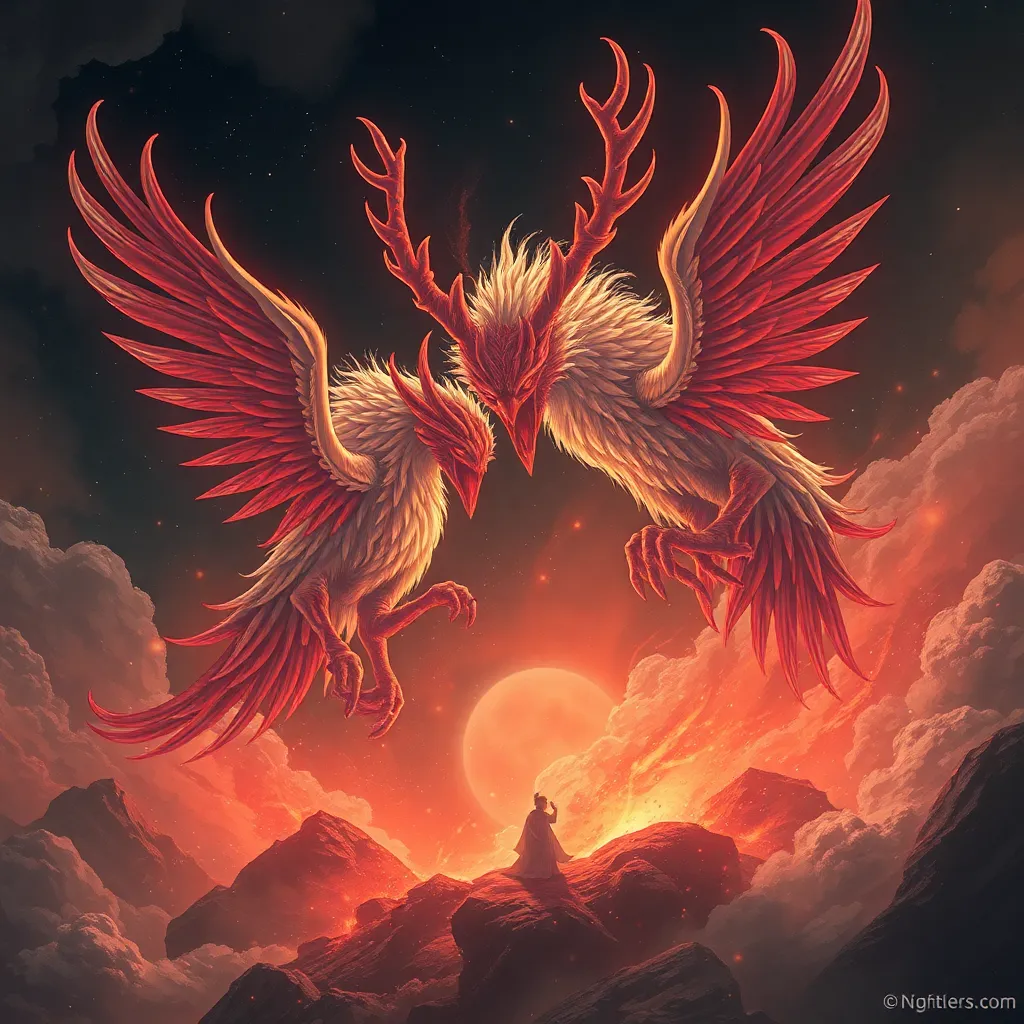The Darker Side of the Goblin: Unveiling the Sinister Nature of Gremlins
I. Introduction: The Mythos of Goblins and Gremlins
Goblins have long haunted the pages of folklore, embodying mischief, chaos, and sometimes malevolence. These small, grotesque creatures are typically depicted as mischievous tricksters, known for causing trouble to humans. Their origins can be traced back to various European traditions, where they are often portrayed as mischievous spirits or minor demons.
In contrast, gremlins emerged as a darker variant of these mythical creatures, gaining notoriety primarily during the turbulence of World War II. As the world grappled with the horrors of war, the gremlin evolved from a mere nuisance to a symbol of chaos and destruction, particularly in the domain of technology. This article aims to explore the sinister attributes of gremlins, examining their historical context, characteristics, and the psychological implications of our fascination with them.
II. Historical Context: The Evolution of Gremlins in Popular Culture
The concept of goblins has been a staple in folklore for centuries. Early depictions in literature often present them as malevolent beings who delight in tormenting travelers and disrupting the peace. Classic stories from various cultures have illustrated their roles in human fear and superstition.
Gremlins, however, began to emerge during World War II, when pilots and mechanics claimed that these creatures were responsible for unexplained mechanical failures and mishaps in aircraft. This phenomenon gave rise to a new cultural narrative, where gremlins were seen as mischievous spirits sabotaging technology.
In modern media, gremlins have taken on new forms, appearing in:
- Films, such as the iconic “Gremlins” (1984), where they are depicted as cute yet chaotic creatures.
- Literature, including short stories that explore their trickster nature.
- Video games, where they often serve as antagonists or comic relief.
III. Characteristics of Gremlins: Mischief and Malevolence
Gremlins are typically characterized by their small stature, exaggerated features, and a penchant for chaos. Unlike traditional goblins, who may be mischievous but not inherently evil, gremlins are often depicted as malevolent beings who revel in causing destruction.
Some notable characteristics of gremlins include:
- Physical Traits: Small, often green or brown, with large ears and sharp teeth.
- Behavior: Known for sabotaging machinery, playing tricks on people, and creating disorder.
Symbolically, gremlins represent the chaos that can arise from technology and the fear of losing control over our inventions. They serve as a reminder that even the most advanced systems can be vulnerable to unforeseen disruptions.
IV. Gremlins in Folklore: Tales of Terror and Trickery
Folklore surrounding gremlins is rich with tales of terror and trickery. Many stories recount encounters with these creatures, highlighting their cunning and mischievous nature. For instance, one popular tale involves a pilot who encounters a gremlin that sabotages his plane mid-flight, forcing him to confront both his fear and the creature’s malicious intent.
Analysis of these narratives reveals that gremlins often embody the fears of the time, whether they are related to warfare, technology, or the unknown. They are frequently featured in cautionary tales that warn of the dangers of hubris and the consequences of neglecting the care of our machines.
V. Psychological Implications: Fear and Fascination with Gremlins
The allure of gremlins lies in our complex relationship with fear and the unknown. Psychologically, creatures like gremlins tap into primal fears related to chaos, technology, and loss of control. They represent the anxieties of a world increasingly dominated by machines, where the potential for malfunction looms large.
Gremlins manifest our collective fears in various ways:
- Technology: As our reliance on machines grows, so does the fear of them failing us.
- Chaos: Gremlins embody the unpredictability of life and the chaos that can ensue from seemingly minor disruptions.
This fascination influences popular culture, leading to a proliferation of stories that explore the gremlin archetype and its implications in modern society.
VI. Gremlins in Modern Media: From Horror to Comedy
Modern portrayals of gremlins often balance horror and humor, creating a unique genre that captivates audiences. Films like “Gremlins” cleverly blend comedic elements with horror, presenting gremlins as both terrifying and absurd.
Key examples include:
- “Gremlins” (1984): A classic film that showcases gremlins wreaking havoc in a small town.
- “The Twilight Zone”: Episodes featuring gremlin-like creatures that cause mayhem.
- Video games: Titles that incorporate gremlins as comical yet chaotic antagonists.
These stories often reflect cultural commentary, addressing societal fears while also providing entertainment through humor and absurdity.
VII. The Influence of Gremlins on Contemporary Myth-Building
Gremlins have left a lasting impact on contemporary mythology and urban legends. They continue to shape modern folklore, with new stories emerging through social media and fan culture.
Social media has played a significant role in perpetuating gremlin lore, allowing for the rapid sharing of stories and encounters. Additionally, fan communities often engage in collaborative storytelling, expanding the gremlin mythos in innovative ways.
VIII. Conclusion: Embracing the Complexity of Gremlins
In summary, gremlins serve as a fascinating intersection of folklore, psychology, and popular culture. Their evolution from mischievous goblins to sinister embodiments of chaos highlights the complexity of our relationship with fear and technology.
As we continue to explore the dual nature of gremlins, we must embrace their complexity and the lessons they impart about the vulnerabilities inherent in our increasingly technological society. Whether as symbols of terror or objects of humor, gremlins remind us of the thin line between chaos and control in our modern lives.



